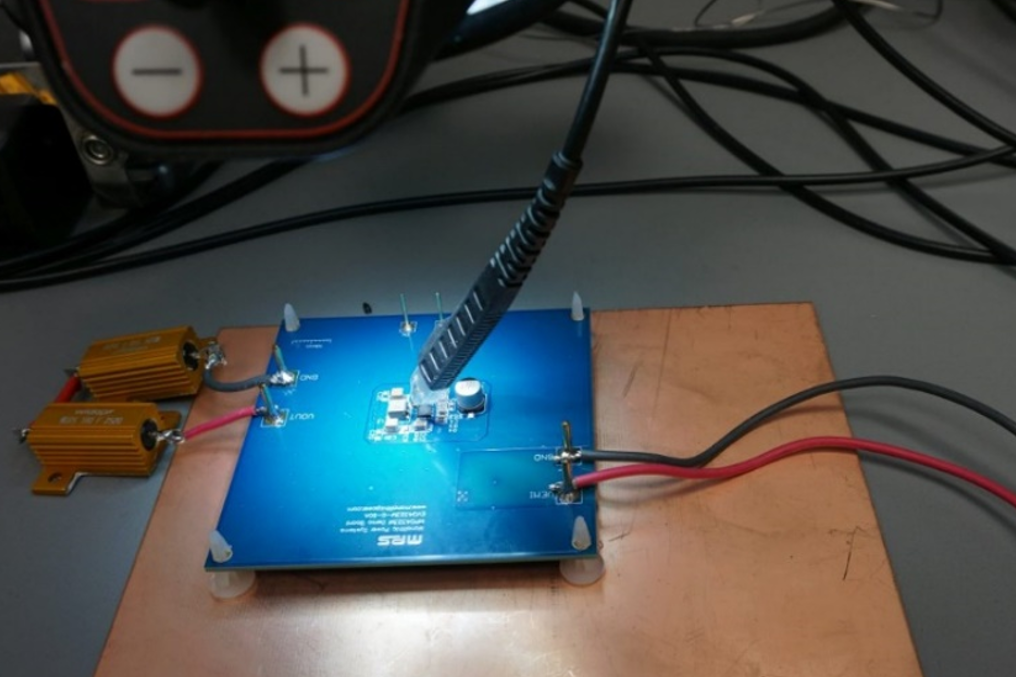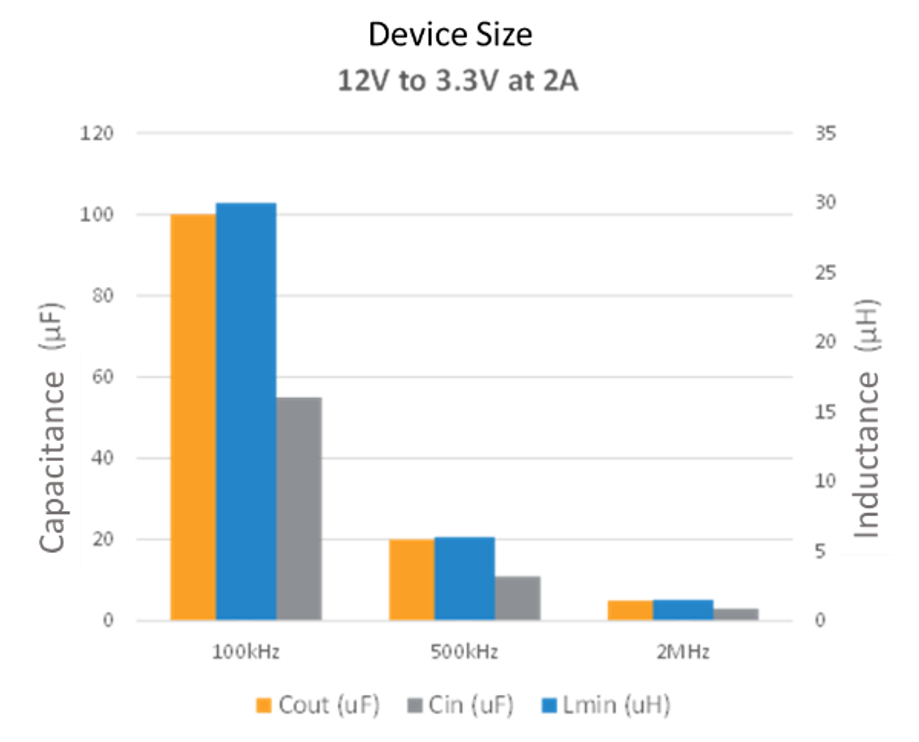Classification of Automotive Actuators
In automotive systems, actuators operate as a conduit between the physical actions occurring inside a car and the control systems. They convert incoming energy into motion in order to carry out commands. The classification of automotive actuators according to their control actions and the underlying technologies that power them will be discussed in this section.
Classification Based on Control Action
In automotive systems, actuators operate as a conduit between the physical actions occurring inside a car and the control systems. They convert incoming energy into motion in order to carry out commands. The classification of automotive actuators according to their control actions and the underlying technologies that power them will be discussed in this section.
Linear Actuators
- Description: These actuators produce linear motion, usually in the form of push or pull actions.
- Application: An example of an application is the operation of the brake master cylinder, in which the hydraulic fluid is pushed through the system by the actuator to engage the brake pads.
Rotary Actuators
- Description: These produce rotational motion, which is usually expressed in terms of angles or whole revolutions.
- Application: An example of an application is the fuel injection system's throttle plate adjustment, where the actuator spins the plate to regulate airflow. The liquid-cooled systems pressure pump serves as an additional illustration.
Classification Based on Technology
Electric Motors
- Description: Produce motion by means of electrical energy. Their working principle is based on electromagnetic principles, in which motion is produced by a magnetic field created by current flowing through a coil.
- Application: One example of such application is electric power steering systems, which, in response to driver input, use motors to help in steering.
Solenoids
- Description: These are electromagnetic devices that, when powered on, create a regulated magnetic field. Subsequently, a plunger or rod experiences linear motion due to the magnetic field.
- Application: An example of an application is transmission shift control, in which a solenoid engages or disengages gears in response to commands from the driver or computer.
Piezoelectric Actuators
- Description: Use the piezoelectric effect to your advantage. When mechanical stress is applied, some materials generate an electric charge. In contrast, these materials undergo a shape-changing process that results in mechanical motion when voltage is given to them.
- Application: Fuel injector systems in some sophisticated engines are an example of an application where quick and accurate control over fuel supply is essential. Because of their high-frequency response, piezoelectric actuators can provide injections that are extremely rapid and precise.
Actuators are essential components of automobile systems because they convert electrical or electronic commands into concrete actions. Because of their classification, engineers and designers may integrate them more precisely and flexibly to meet system requirements, resulting in cars that are responsive, safe, and run well. Future actuator designs and applications are expected to be even more inventive because of the advancements in automobile technology.
Applications with Actuators in Automotive Systems
Actuators play a critical role in converting the digital commands sent by vehicle control systems into tangible physical actions. These increasingly sophisticated components serve a wide range of applications as a result of improvements in vehicle technology. This section examines the three main uses of actuators in contemporary automobiles: active suspension systems, gearbox shift control, and throttle control.
Throttle Control
Role of Actuators: The throttle actuator controls how much air enters the engine. In the past, this operation was mainly mechanical, including a cable connecting the throttle and the gas pedal. On the other hand, "drive-by-wire" or electronic throttle control (ETC) systems are used in modern systems.
How It Works: Rather than physically pulling a cable, depressing the gas pedal in an ETC system delivers an electrical signal. This signal is interpreted by an actuator at the throttle body, which then modifies the throttle plate to control engine airflow. Better accuracy and smoother acceleration are provided by this electronic control, which is also essential for sophisticated features like traction control and cruise control.
Transmission Shift Control
Role of Actuators: In both automated and manual transmission systems, transmission actuators help with gear shifting. They are responsible for directing hydraulic fluid into the proper channels and engaging or disengaging clutches and bands.
How It Works: Solenoid actuators in contemporary automatic transmissions decode electrical signals from the transmission control module. By regulating the hydraulic fluid flow to various transmission tunnels, these solenoids regulate which gear set is in operation. These actuators' accuracy and velocity are crucial for seamless gear changes, maximum fuel economy, and power delivery when needed.
Active Suspension Systems
Role of Actuators: Active suspensions are cutting-edge devices that instantly adjust to changing road conditions and driving demands to improve handling dynamics and ride comfort. In these systems, suspension properties are dynamically adjusted by actuators.
How It Works: The system uses a mix of actuators and sensors to identify cornering forces, vehicle speed, and road defects. Actuators quickly change the ride height or damper stiffness. They are typically electromagnetic or electro-hydraulic. These actuators provide a flat ride by mitigating body roll in some athletic applications. Luxurious cars can also isolate the interior from uneven roads, guaranteeing a comfortable journey.
In summary, the modern car is a symphony of intricately timed movements, many of which are actuator-controlled. Actuators are essential to the current automotive experience, whether it is for the thrill of a fast drive or the security and comfort of daily travel. They improve vehicles' responsiveness, efficiency, and driving pleasure. We may expect ever more sophisticated and inventive uses for these essential parts as automobile technology develops.
Key Specifications and Performance Criteria
Automotive actuators work in a demanding environment where they are subjected to vibrations, temperature changes, and other outside factors. These actuators must fulfill specific performance requirements in order to guarantee their safe and efficient operation. The main characteristics that engineers and designers take into account when choosing or creating actuators for automotive applications are covered in detail in this section.
Force and Torque Capabilities
Definition: Two essential indicators of an actuator's performance are force and torque. Torque, which is typically linked with rotary actuators, represents rotational force, whereas force is a push or pull action that is linear in nature.
Importance: In order to perform their duties efficiently, automotive actuators must apply a precise amount of force or torque. For example, in order to adjust the throttle valve against the force of the return spring and the pressure of the incoming air, the actuator controlling the throttle must produce sufficient torque.
Measurement: Generally, torque is expressed in Newton-meters (Nm) or foot-pounds (ft-lb), while force is expressed in Newton's (N) or pounds-force (lbf).
Speed and Response Time
Definition: Response time is the amount of time an actuator takes to begin moving after receiving a command, whereas speed is the fastest an actuator may move to reach its desired location.
Importance: For safety-critical systems, speed and reaction time are essential. Actuators in anti-lock braking systems (ABS) are required to swiftly modify the brake pressure in reaction to wheel-speed sensors in order to avert wheel lock-up.
Measurement: For linear motions, speed can be stated in mm/sec, while for rotating actuators, it can be given in RPM. Milliseconds (ms) are commonly used to indicate response time.
Reliability and Durability
Definition: Durability is the number of operational cycles an actuator can withstand before wearing out or malfunctioning, whereas reliability is the capacity to perform consistently over time without failure.
Importance: Actuators must function dependably in a variety of circumstances due to the important nature of many automobile systems, including safety systems and engine controls. Durability guarantees a longer lifespan, which minimizes the need for replacements and lowers the total cost of maintenance for the car.
Measurement: While durability may be described in terms of operating cycles or hours of operation under specific conditions, reliability is frequently measured using metrics like Mean Time Between Failures (MTBF).
To sum up, the accuracy, speed, and dependability of movement are just as important to automobile actuator performance as the actual movement itself. With an increasing number of systems in cars and an increasing level of sophistication, these performance standards will be even more important in guaranteeing longevity, safety, and efficiency in automotive designs. To construct automotive systems that satisfy the strict safety regulations of the modern world in addition to the functional requirements, engineers and designers must carefully evaluate these characteristics, frequently weighing them against one another.





直接登录
创建新帐号